Thursday, December 31, 2009
Exclusively Japanese's
Thursday, December 24, 2009
Monday, December 21, 2009
[REVIEW] SoundMAGIC PL-21
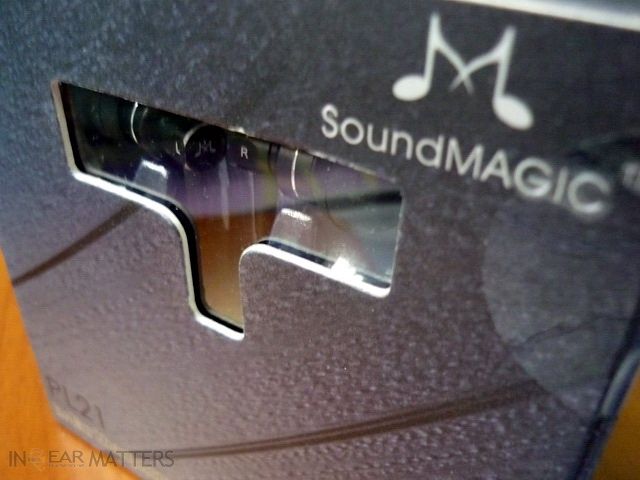
Spec
Driver: 9mm Dynamic
Impedance: 12 Ω
Sensitivity: 97dB±2 dB / mW @ 1kHz
Frequency Response: 15Hz~22kHz
Plug: Gold-plated L-shaped mini plug
Weight: 8g
Cable: 1.2m

Packaging, Accessories and Build Quality
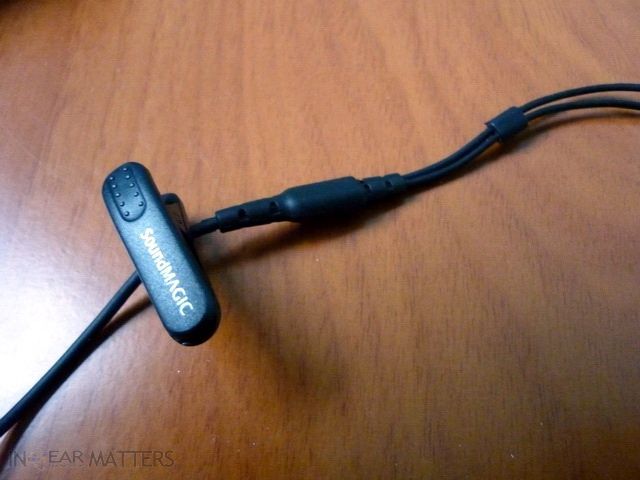
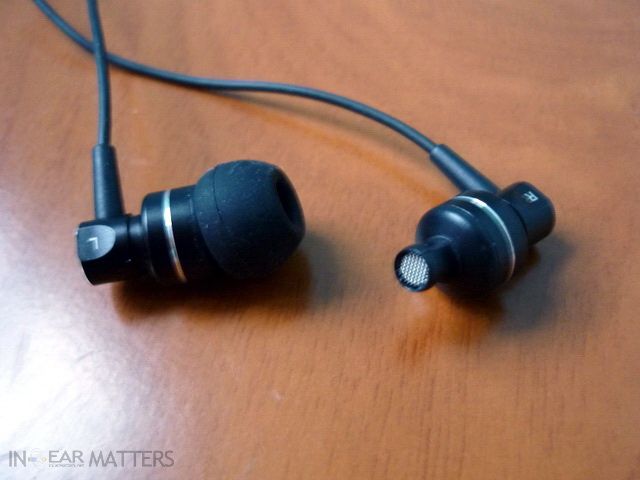
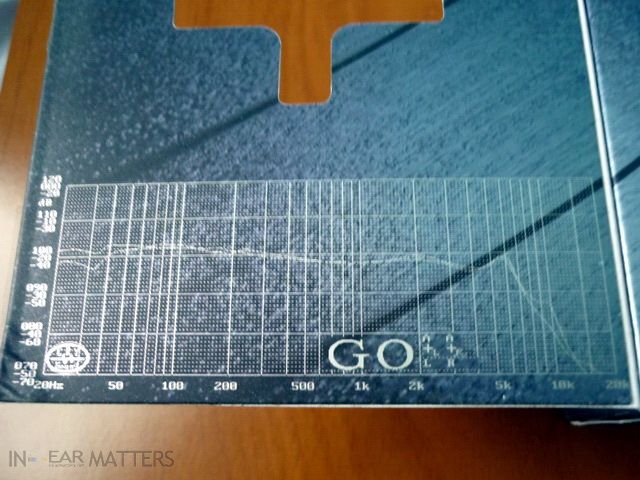
Sound Quality
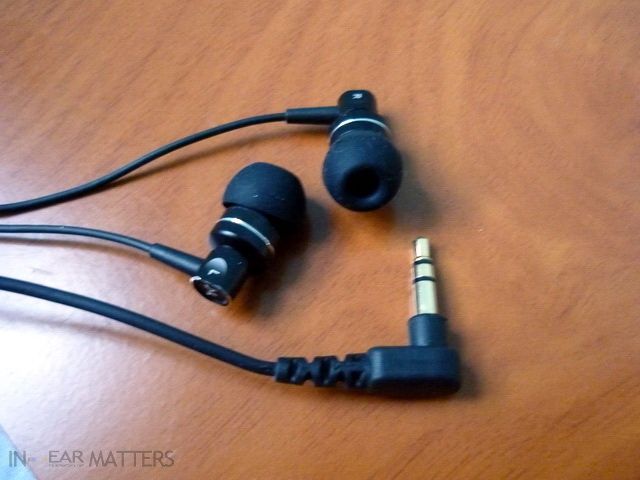
Conclusion
Tuesday, December 15, 2009
[REVIEW] Ortofon e-Q7
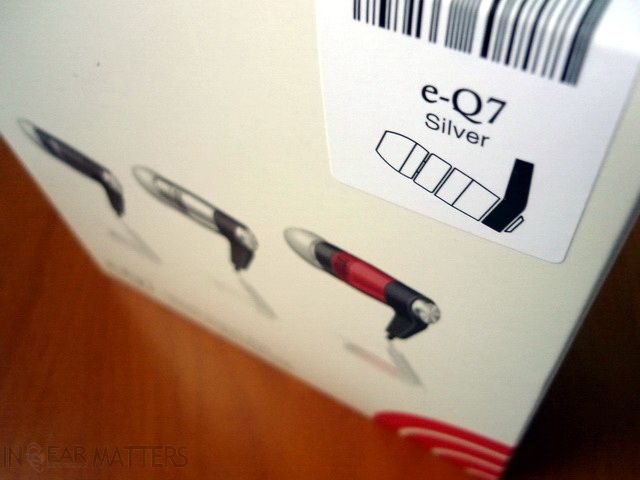
Spec
Driver: Single Balanced Armature
Frequency Response: 10Hz – 20kHz (+/- 3dB)
Sensitivity: 120dB SPL/mW
Impedance: 40 ohms
Maximum Rated Input Power: 5.0mW
Weight: 16.9g
Cable: 1.2m, Silver Plated 4N OFC.
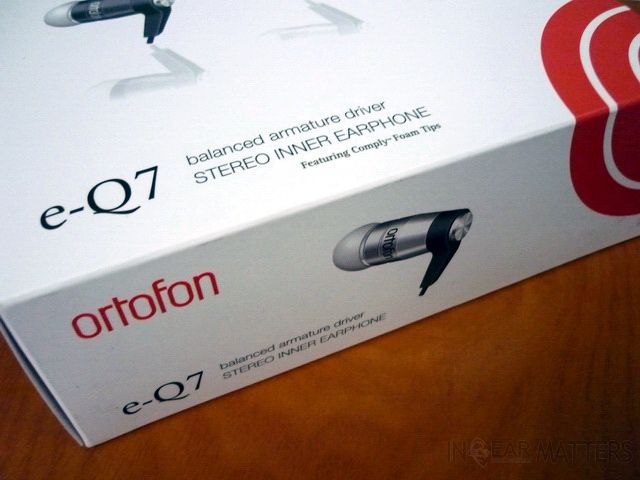
Technical Prelude
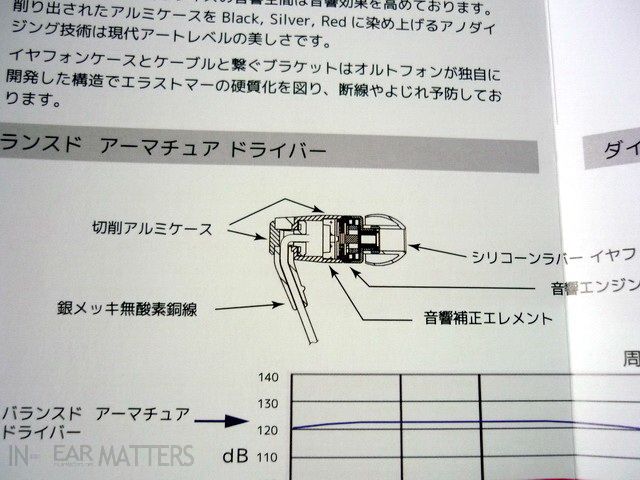

Packaging, Accessories, and Build Quality
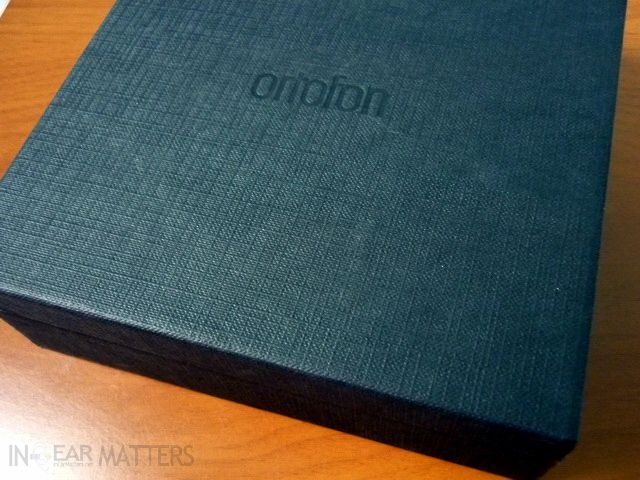

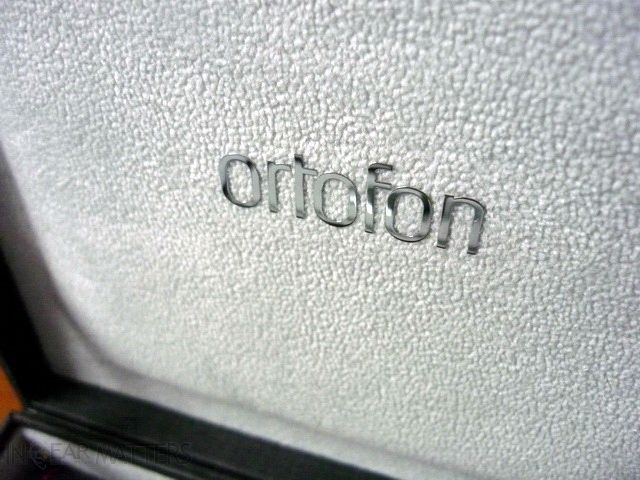
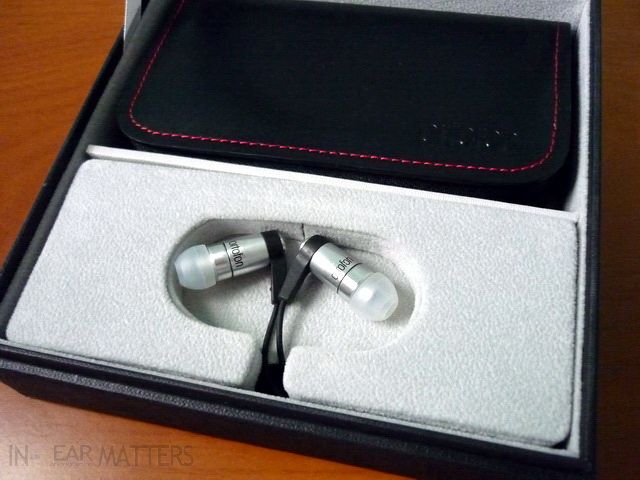
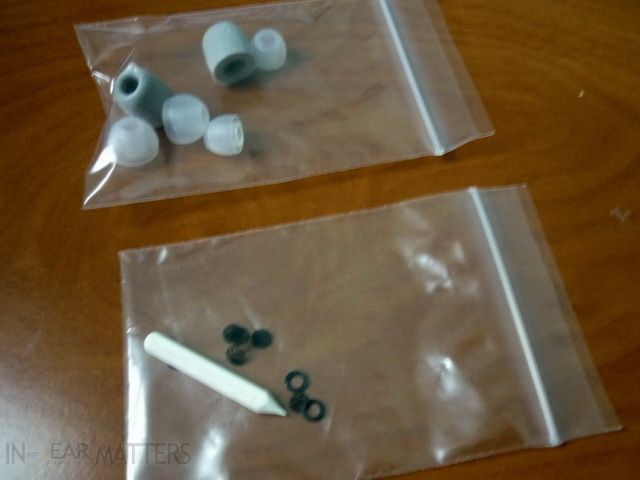

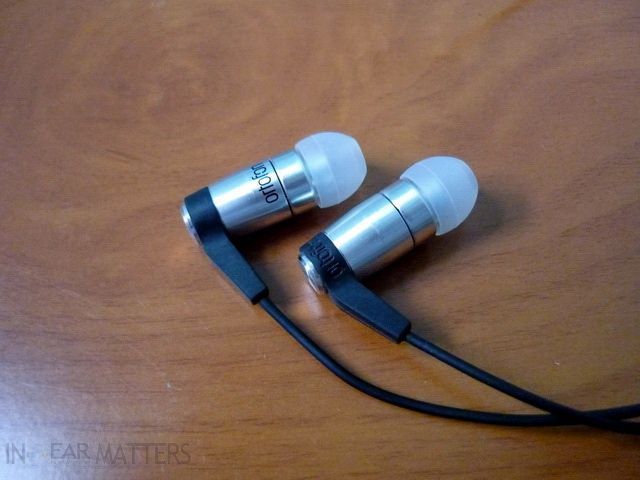
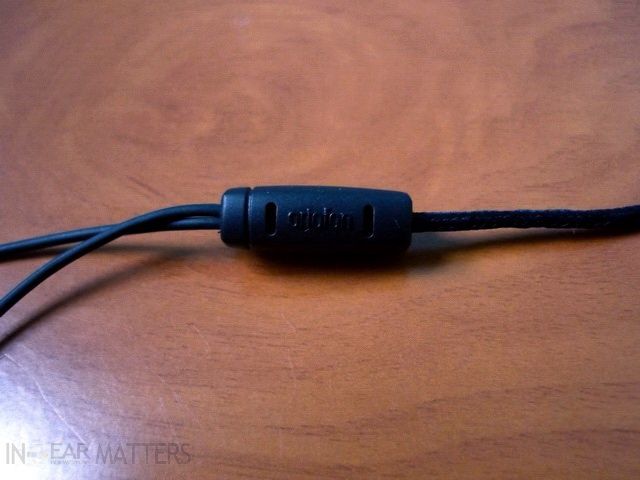
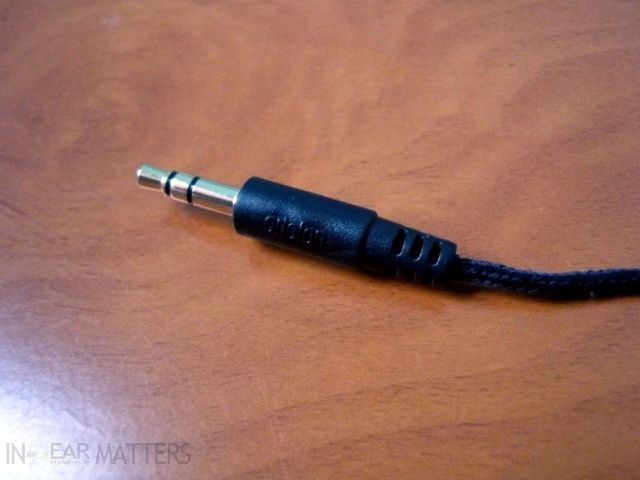
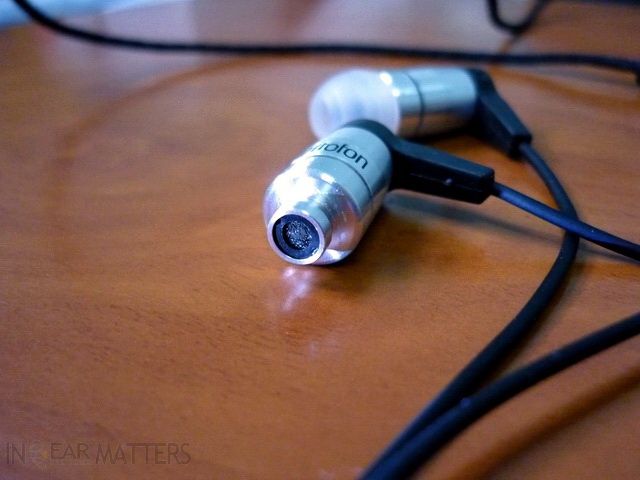
Sound Quality
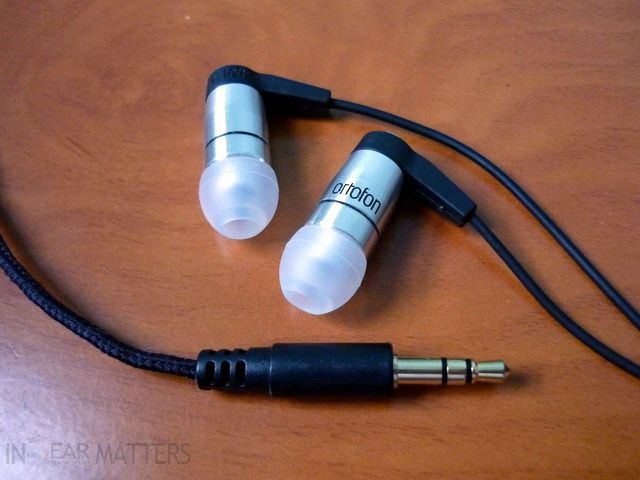
Conclusion
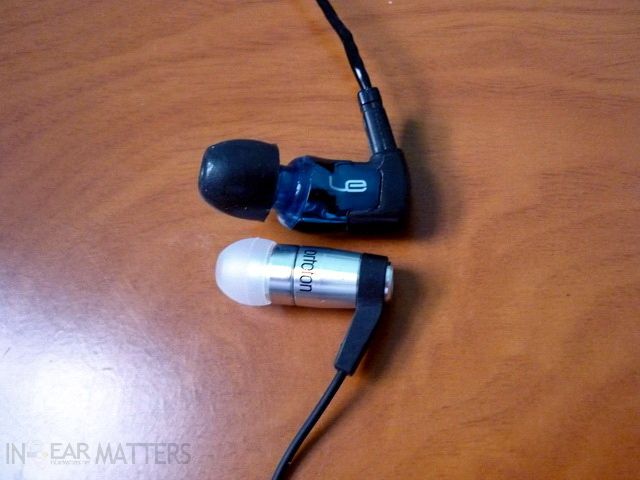
Friday, December 11, 2009
FiiO E7 + E9 News Update
Here is the new rendering of E7: Along with some inner hardware changes and the face lift, the new casing is also slimmer than the previous prototype showed before.
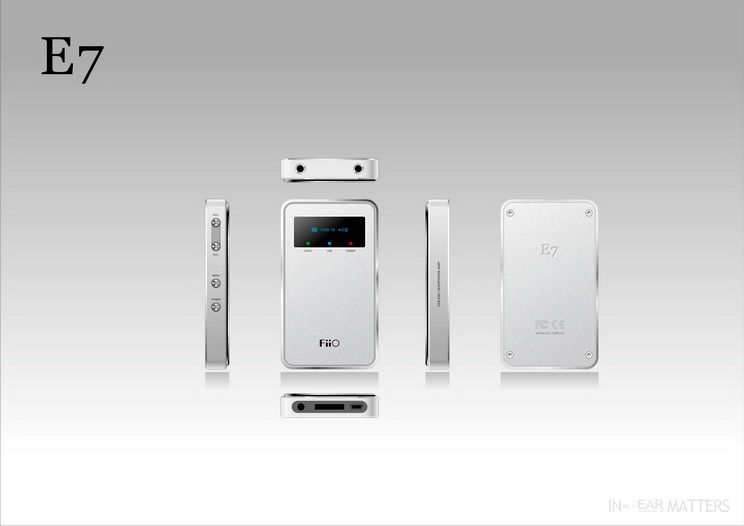
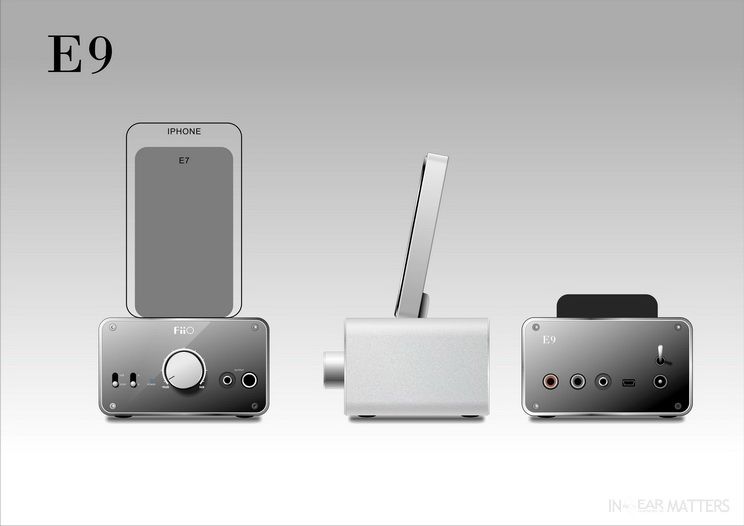
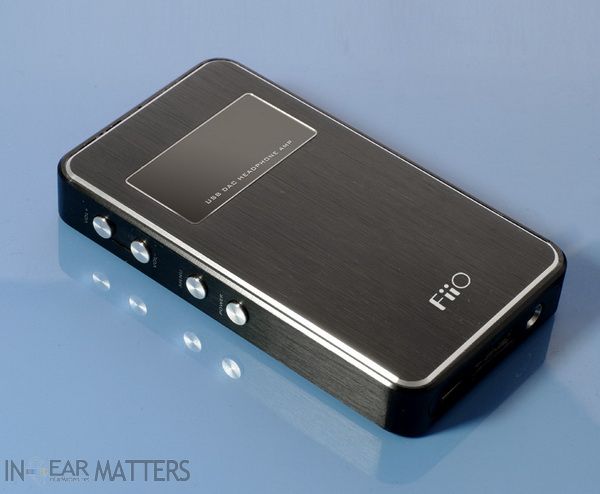
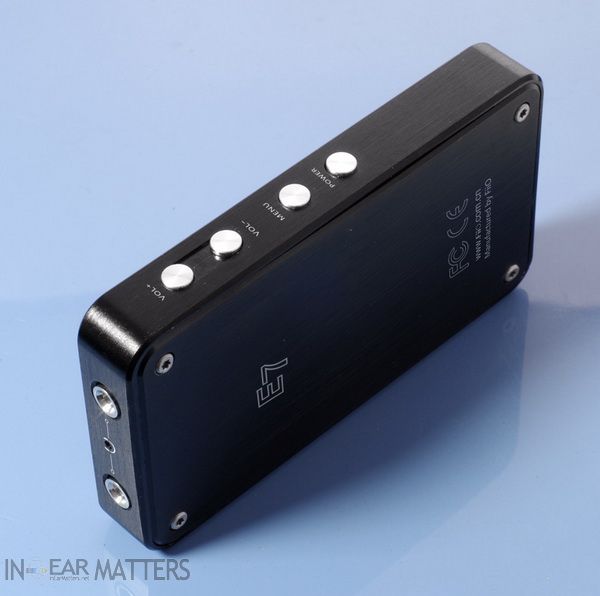
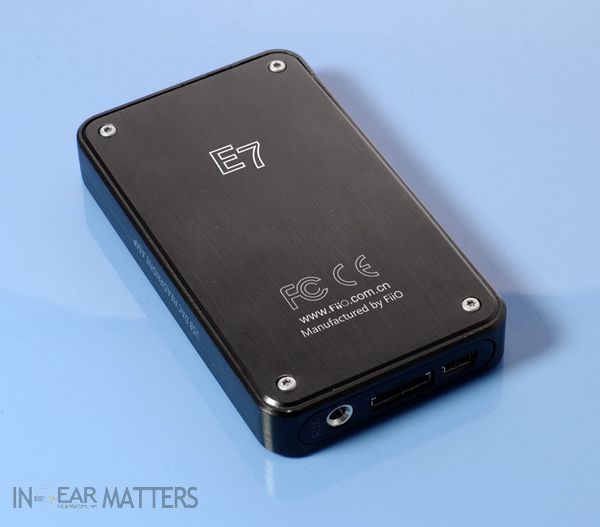
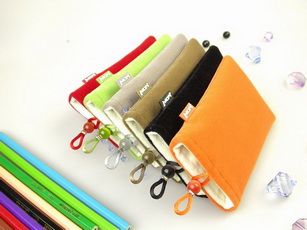
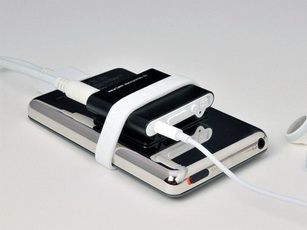

Wednesday, December 9, 2009
[REVIEW] Hippo Shroom and VB
Hippo Shroom - Clean Sound in Miniature
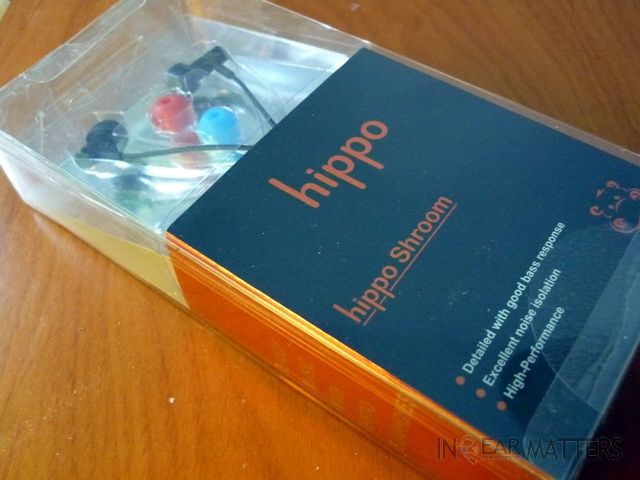
Spec
Driver: Single 6mm Dynamic
Sensitivity: 95dB + 4 SPL / mW
Impedance: 16Ohm @ 1 kHz
Frequency Response: 10Hz - 20 kHz
Cord: 1.25m
Plug: Gold-Plated Stereo 3.5mm Mini-Plug
Weight: 0.8g
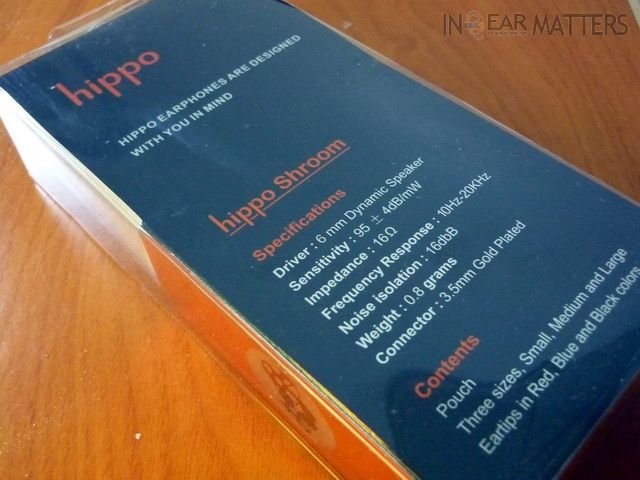
Packaging, Accessories, and Build Quality
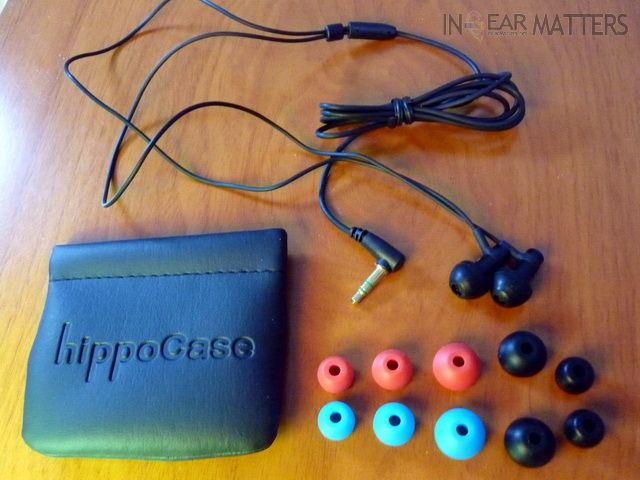
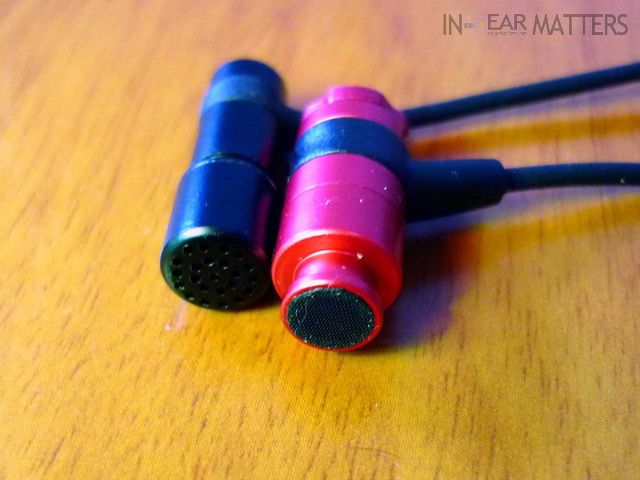
Sound Quality
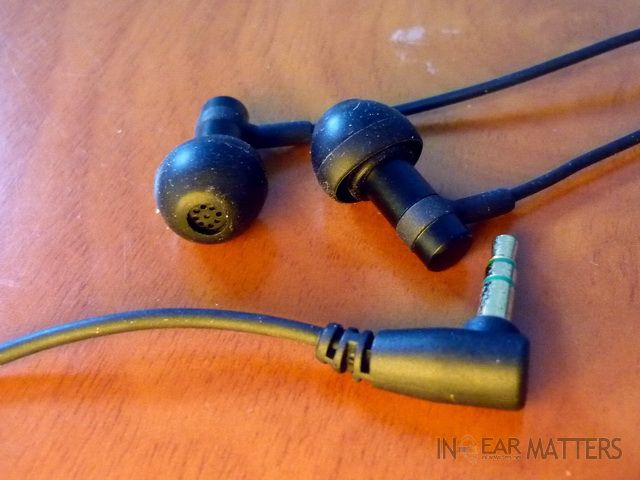
Conclusion
▲▼▲▼▲▼▲▼▲▼▲▼▲▼▲▼▲▼▲▼▲▼▲
--------------------------------------------------
Hippo VB - Customizable Fun

Spec
Driver: Single 10mm Dynamic
Sensitivity: 105dB + 4 SPL / mW
Impedance: 32Ohm @ 1 kHz
Frequency Response: 18Hz - 22 kHz
Cord: 1.30m
Rated Power: 2mW
Max Input Power: 10mW
Plug: Gold-Plated Stereo 3.5mm Mini-Plug
Variable Bass Tuning
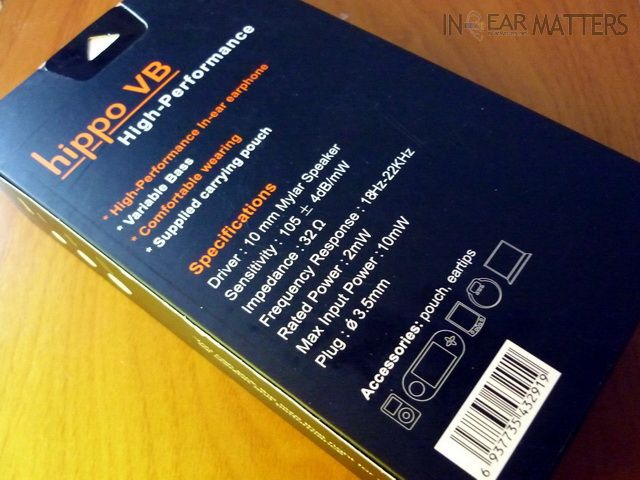
Packaging, Accessories, and Build Quality

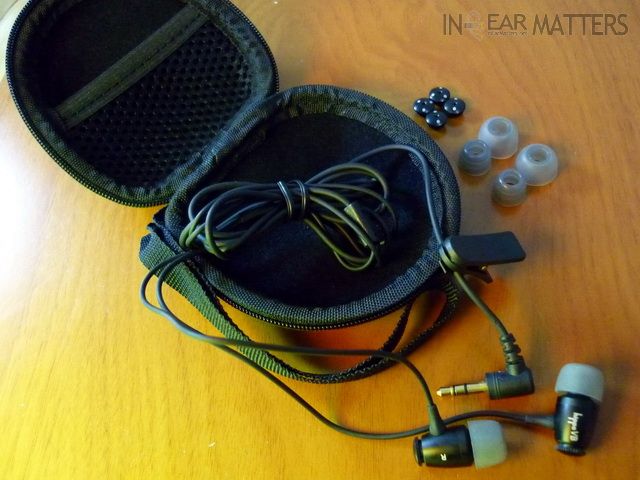
Sound Quality
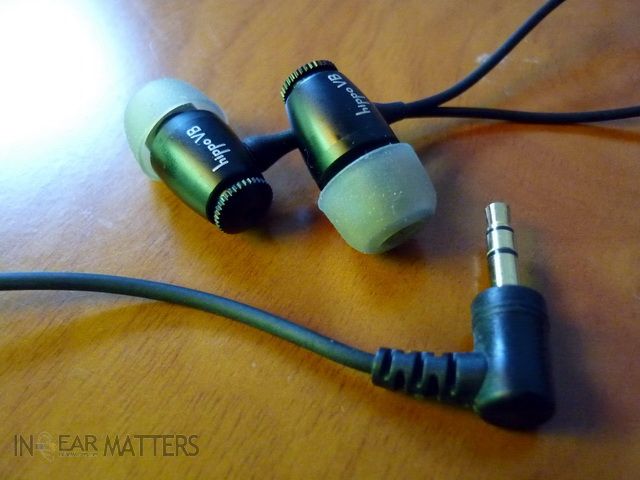
Conclusion
A quick sum up can be found here.
Saturday, November 28, 2009
[REVIEW] Head-Direct / HifiMAN RE-252 - 'balance' redefined
For those of you who keep track of things, you might notice that dynamic and balanced armature based universal IEM often seems to appear to two different group of IEM user as if they are two different kind of headphone all together. Dynamic has the bass and the soundstage, BA gets the resolution and isolation - at a time, we all seems to assume that are how things suppose to be. In many way, I consider the entry of RE series marked a change of tide in the dynamic IEM market that is more significant than that of IE8 or EX700. It isn't really about the IEM themselves, but rather how the user respond to these IEM. Suddenly we start to find dynamic transducer good enough to challenge BA for its resolution and the number of transducers in each IEM becomes lesser an issue for choosing an universal IEM. Smaller and mostly unknown brands start to get more attention because of their solid performance rather than rely on many bigger company's fancy-design-strategy.

Spec
Driver: 9mm dynamic with silver coil
Frequency Response: 16 Hz to 22kHz
Impedance: 16 Ohm
Sensitivity: 103 db / mW
Rate Input: 2mW
Maximum Input: 15mW
iPhone compatible 3.5mm miniplug
Soft silicone semi-custom fit earpeices
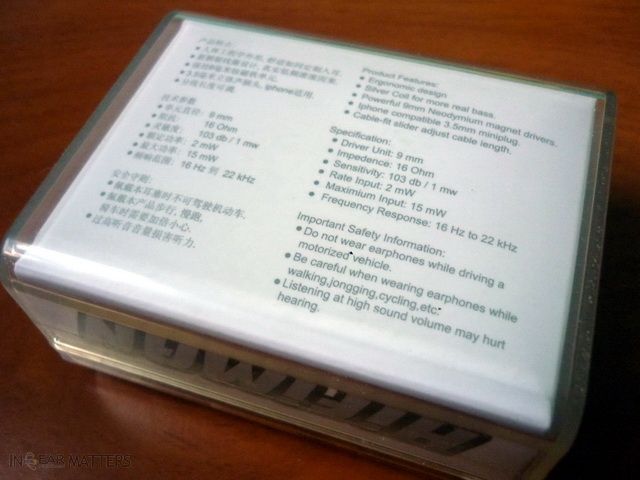
Package & Build Quality
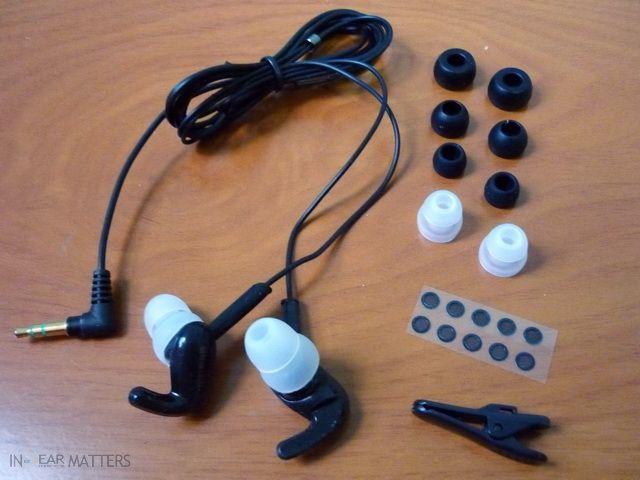
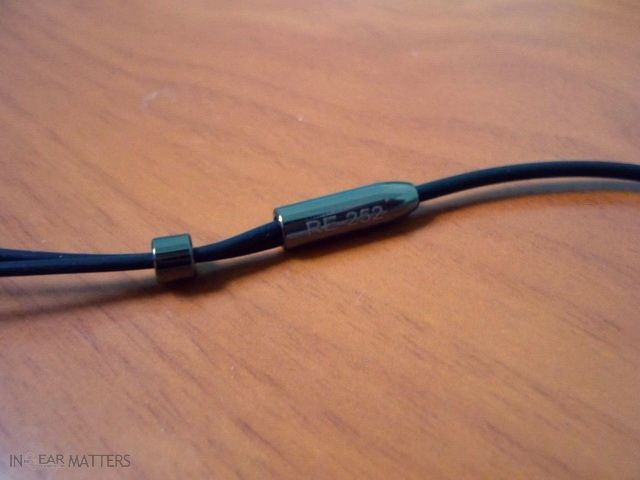
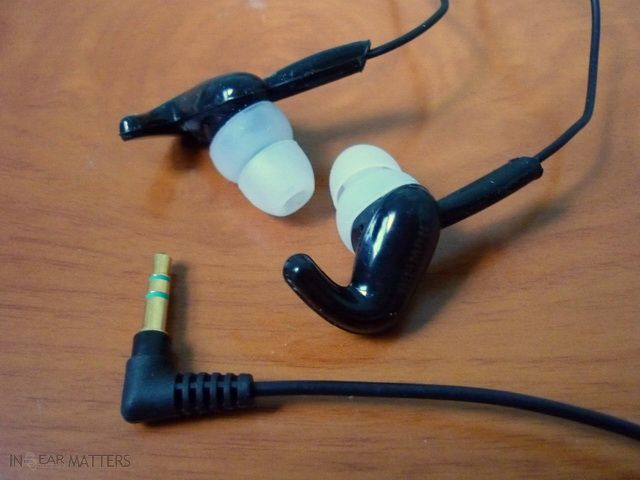
Fit and Isolation
Sound Quality
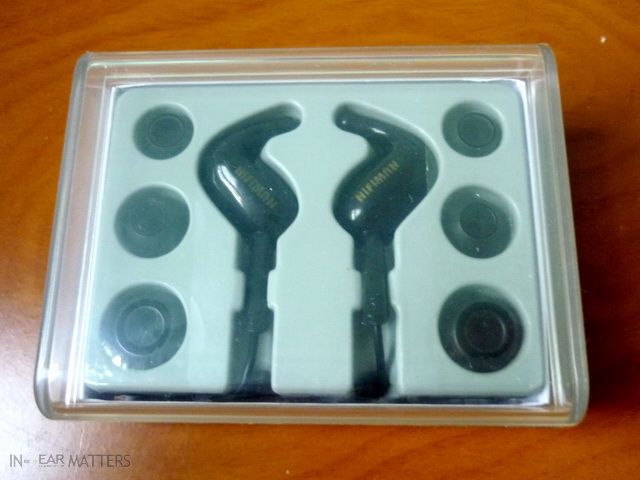
Conclusion
A quick sum up can be found here.
Friday, November 27, 2009
HifiMan RE252 on Sale!!!

[UPDATE] The sale is over. The price has went back to $199.
Thursday, November 19, 2009
[REVIEW] MEElectronics GrooveMEE II
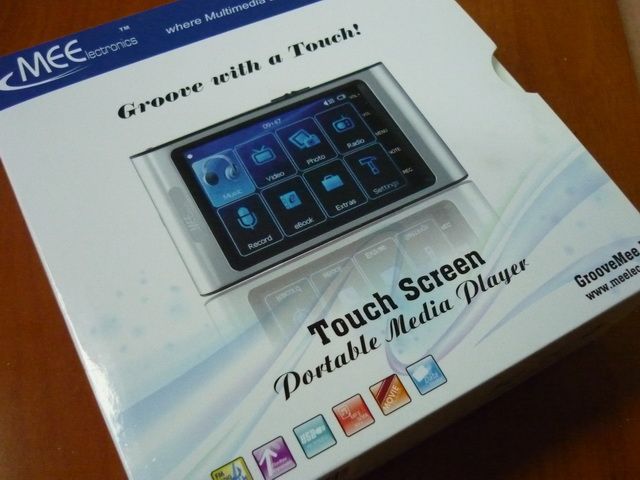
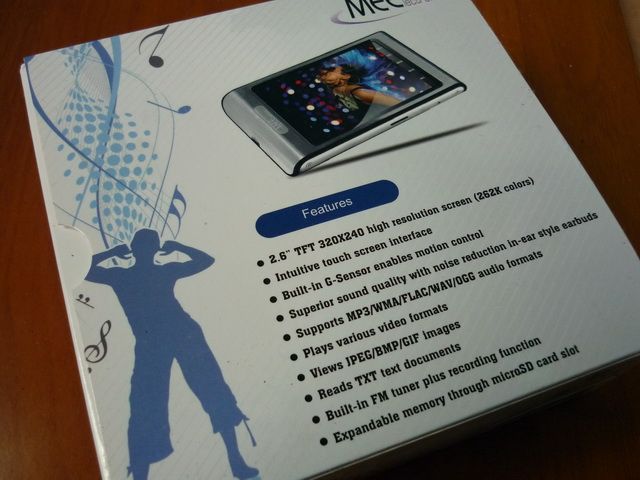
Spec
Screen: 320x240 262K color 2.6 inches touch screen TFT.
USB: 2.0 (MSC device)
Memory: 4GB / 8GB
Battery: 600mAh Li-ion 3.7v (rechargeable via USB)
Voice Record: 8KHz / 16KHz WAV
Music: MP3 (up to 448Kbps), WMA (up to 192Kbps), OGG, FLAC, WAV, APE
Video: AVI, MPG, MP4, WMV, MOV, RM, RMVB
Frequency Response: 20Hz - 20KHz
FM: 30 preset stations with recording function
Multi-languages supported
Multiple EQ presets including Microsoft PlayFX
Built-in G-Sensor for motion control
TXT files (eBook) supported
JPEG/BMP/GIF images supported with slide show
microSD card slot
Software scratch pad for drawing and note
Built-in speaker
Files browser
Build Quality and Accessories
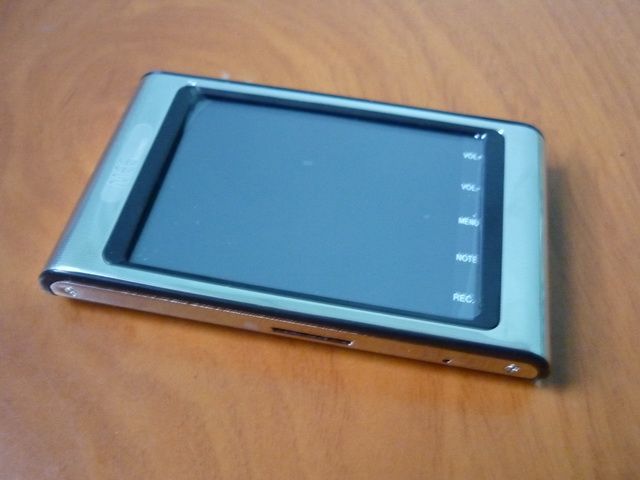
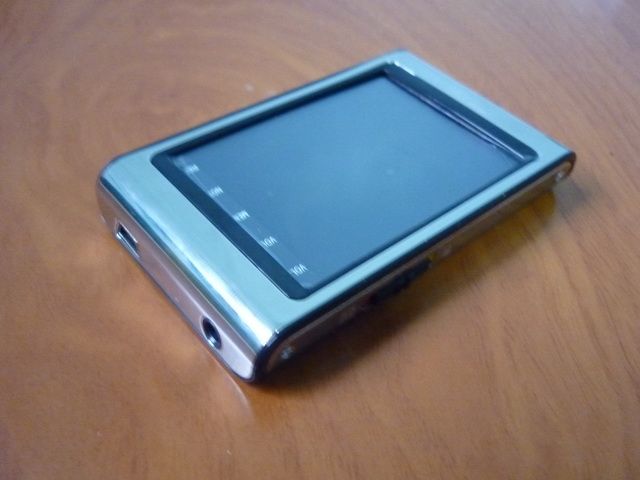

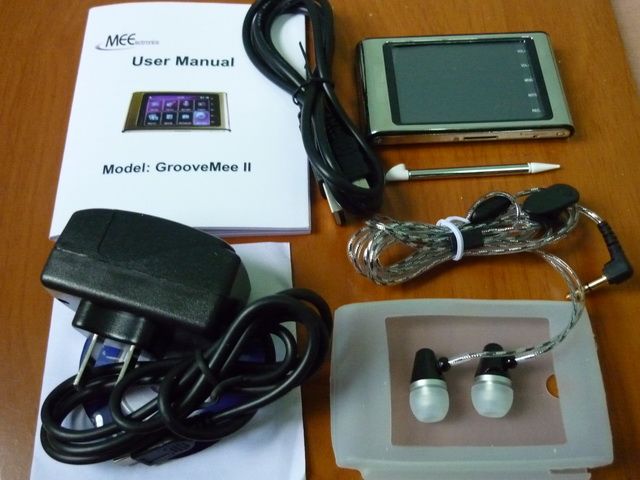
Navigation
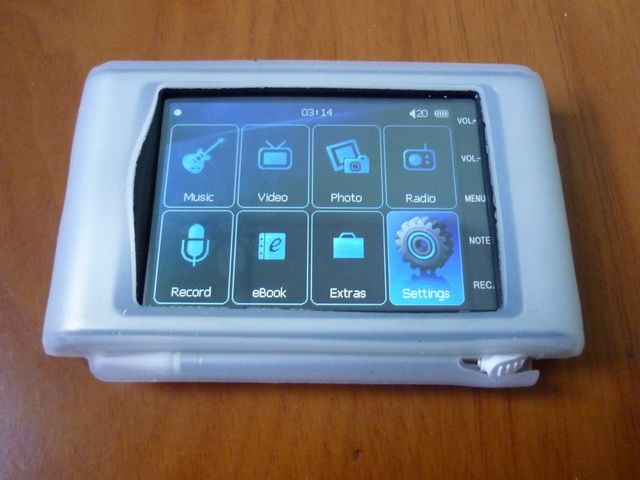

Sound / Video / Photo Quality
Conclusion
Disclaimer: All trademarks and logos in the website belong to their respective owners. Beside getting free review samples, I don't work for or get paid by anyone to write anything on this website, or anywhere else in that matter. Also, free review samples are never sold for any financial gain. I do buy gears and review them, but for simplicity you (the reader) should always assume what I review is free sample in nature (and thus comes with all the bias). The website does have Google Ads and Amazon Associates enabled (which I have no direct control over their content) - though I don't write review for a living, nor does the ads generates enough money to cover my breakfast (in fact, not even one breakfast per week). Listening to music and playing with audio gears are purely hobby for me. In short, I am just an audiophiles who happens to have his own blog. Not a journalist who happens to be an audiophile. Oh, and excuse my writing as I am not a native English speaker and can't afford a proofreader. Also, just because I don't write in a negative tone doesn't mean I don't write down the negative aspect of a gear. Please read them carefully. Last but not least, please note that this site uses cookies to track visitors' number and page view.
Important: All postings are my own personal opinion only and should not be treated as absolute truth. I do get things wrong just like everyone else. Always do your own research!







